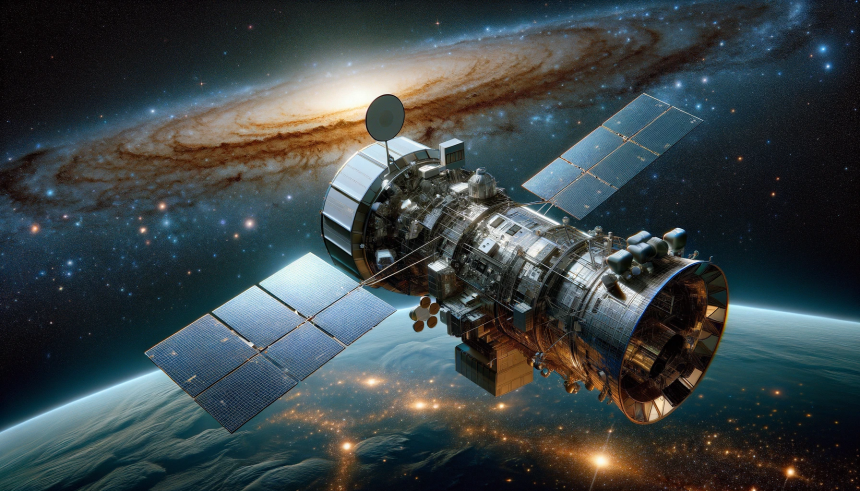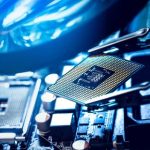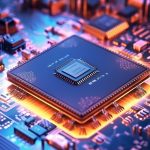The critical role of adapters in connecting NASA’s SLS (Space Launch System) rocket and Orion spacecraft for the Artemis missions is being highlighted through ongoing testing and manufacturing efforts at NASA’s Marshall Space Flight Center in Huntsville, Alabama. The Marshall Center houses six key adapters that are essential for future Artemis flights, with engineers leveraging data from extensive in-house testing and the successful uncrewed Artemis I test flight to enhance these components. These developments are crucial for the Artemis program‘s goal of returning humans to the Moon and eventually exploring deeper space.
Preparing Block 1 Adapters for Upcoming Crewed Flights
The initial Artemis missions employ the SLS Block 1 rocket variant, which includes the interim cryogenic propulsion stage, sandwiched between the launch vehicle stage adapter and the Orion stage adapter. These adapters provide structural integrity, protect vital systems, and facilitate the launch of payloads. Notably, the launch vehicle stage adapter for Artemis II is ready for transport to NASA’s Kennedy Space Center, while the Orion stage adapter is undergoing final outfitting.
The Artemis III Orion stage adapter is in the final stages of assembly with key components such as the avionics unit and diaphragm set for installation. These adapters include unique features like the diaphragm to prevent gases from entering Orion and additional avionics protection for crew safety.
Block 1B Adapters Support Bolder Missions
Starting with Artemis IV, NASA introduces the SLS Block 1B configuration featuring a more powerful exploration upper stage. This new stage necessitates new adapters, including a cone-shaped payload adapter constructed from aluminum rings and composite panels. Currently, the payload adapter test article undergoes rigorous testing at Marshall to ensure its structural integrity and readiness for future missions.
The universal stage adapter, the largest composite structure for human spaceflight missions, is also under testing. Engineers are ensuring it is light yet robust to connect the SLS Block 1B’s exploration upper stage to Orion. This adapter must demonstrate the ability to separate cleanly in orbit under very cold conditions.
The Future of Marshall Is Innovation
Marshall’s facilities are crucial for processing composite hardware elements for multiple Artemis missions in parallel, leading to cost and schedule efficiencies. The evolution from Block 1 to Block 1B configurations has been significantly informed by lessons learned from earlier tests and manufacturing processes.
Innovative manufacturing techniques like friction stir welding and digital tooling have streamlined the production of these adapters, reducing time and cost. Structured light scanning and determinant assembly ensure precise construction, akin to assembling an erector set, facilitating efficient integration of components.
The ongoing testing and refinement of adapters at Marshall Space Flight Center underscore the iterative nature of NASA’s engineering approach. By continuously improving upon each design, NASA ensures that future Artemis missions will be safe and successful. These advancements are not only critical for the Artemis program but also set the groundwork for future deep space exploration missions. The ability to quickly adapt and refine technology based on testing outcomes is a hallmark of NASA’s engineering excellence.










